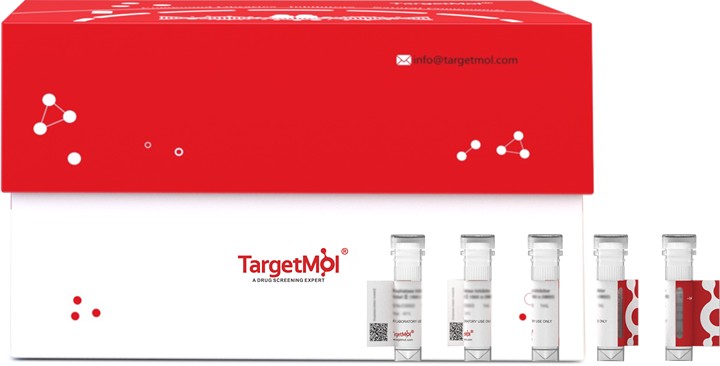购物车
- 全部删除
 您的购物车当前为空
您的购物车当前为空

Influenza B (strain B/Yamagata/1/1973) Nuclear export Protein (His) is expressed in E. coli expression system with N-6xHis tag. The predicted molecular weight is 18.4 kDa and the accession number is P08014.

| 规格 | 价格 | 库存 | 数量 |
|---|---|---|---|
| 20 μg | ¥ 2,290 | 20日内发货 | |
| 100 μg | ¥ 4,750 | 20日内发货 | |
| 1 mg | ¥ 16,000 | 20日内发货 |
| 生物活性 | Activity has not been tested. It is theoretically active, but we cannot guarantee it. If you require protein activity, we recommend choosing the eukaryotic expression version first. |
| 产品描述 | Influenza B (strain B/Yamagata/1/1973) Nuclear export Protein (His) is expressed in E. coli expression system with N-6xHis tag. The predicted molecular weight is 18.4 kDa and the accession number is P08014. |
| 种属 | Influenza B |
| 表达系统 | E. coli |
| 标签 | N-6xHis |
| 蛋白编号 | P08014 |
| 氨基酸序列 | MADNMTTTQIEWRMKKMAIGSSTHSSSVLMKDIQSQFEQLKLRWESYPNLVKSTDYHQRRETIRLVTEELYLLSKRIDDNILFHKTVIANSSIIADMIVSLSLLETLYEMKDVVEVYSRQCL |
| 蛋白构建 | 1-122 aa |
| 蛋白纯度 | > 85% as determined by SDS-PAGE. |
| 分子量 | 18.4 kDa (predicted) |
| 内毒素 | < 1.0 EU/μg of the protein as determined by the LAL method. |
| 缓冲液 | Tris-based buffer, 50% glycerol |
| 复溶方法 | A Certificate of Analysis (CoA) containing reconstitution instructions is included with the products. Please refer to the CoA for detailed information. |
| 存储 | Lyophilized powders can be stably stored for over 12 months, while liquid products can be stored for 6-12 months at -80°C. For reconstituted protein solutions, the solution can be stored at -20°C to -80°C for at least 3 months. Please avoid multiple freeze-thaw cycles and store products in aliquots. |
| 运输方式 | In general, Lyophilized powders are shipping with blue ice. Solutions are shipping with dry ice. |
| 研究背景 | Mediates the nuclear export of encapsidated genomic RNAs (ribonucleoproteins, RNPs). Acts as an adapter between viral RNPs complexes and the nuclear export machinery of the cell. Possesses no intrinsic RNA-binding activity, but includes a C-terminal M1-binding domain. This domain is believed to allow recognition of RNPs bound to the protein M1. Since protein M1 is not available in large quantities before late stages of infection, such an indirect recognition mechanism probably ensures that genomic RNPs are not exported from the host nucleus until sufficient quantities of viral mRNA and progeny genomic RNA have been synthesized. Furthermore, the RNPs enter the host cytoplasm only when associated with the M1 protein that is necessary to guide them to the plasma membrane. May down-regulate viral RNA synthesis when overproduced. |